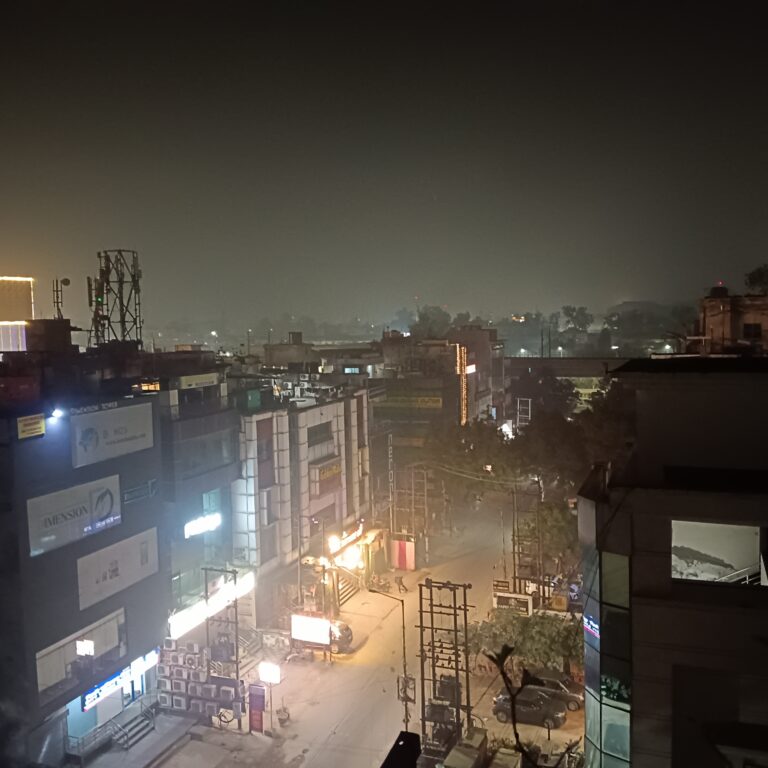
New Delhi: The first-ever census of water bodies enumerated 24,24,540 water bodies in the country, out of which 97.1% (23,55,055) were in rural areas and only 2.9% (69,485) are in urban areas. 78% of the water bodies were man-made while 22% were natural water bodies. The information on the water spread area was reported in respect of 23,37,638 water bodies. Out of these water bodies, 72.4% had a water spread area of less than 0.5 hectares, 13.4% had a water spread area between 0.5-1 hectare, 11.1% had a water spread area between 1-5 hectares and the remaining 3.1% of water bodies had water spread area more than 5 hectares.
The census report acknowledged that from being a water-abundant country India was “gradually progressing towards water scarcity due to increasing population pressure and urbanization”. It noted that at present, India was sustaining 18 per cent of the world’s population with only 4 per cent of global water resources.
The census revealed that 1.6% (38,496) water bodies out of all the enumerated water bodies were reported to be encroached, out of which 95.4% were in rural areas and the remaining 4.6% were in urban areas.

The top five States in terms of the number of water bodies were West Bengal, Uttar Pradesh, Andhra Pradesh, Odisha and Assam which constitute around 63% of the total water bodies in the country. The top five States in terms of the number of water bodies in urban areas were West Bengal, Tamil Nadu, Kerala, Uttar Pradesh and Tripura, whereas, in rural areas, the top five States were West Bengal, Uttar Pradesh, Andhra Pradesh, Odisha and Assam.

The census revealed that 59.5% of water bodies were ponds, followed by tanks (15.7%), reservoirs (12.1%), water conservation schemes/percolation tanks/check dams (9.3%), lakes (0.9%) and others (2.5%). While 55.2% of water bodies were owned by private entities, only 44.8% of water bodies were in the domain of public ownership.
Out of all privately owned water bodies, the maximum water bodies were in hands of Individual owners/farmers followed by groups of individuals and other private bodies. The top five States which led in the privately owned water bodies were West Bengal, Assam, Andhra Pradesh, Odisha and Jharkhand.
Out of all publicly owned water bodies, the maximum water bodies were owned by Panchayats, followed by State Irrigation/State Water Resources Departments.
Out of all ‘in use’ water bodies, major water bodies were reported to be used in pisciculture followed by irrigation. The top five States wherein major use of water bodies is in pisciculture were West Bengal, Assam, Odisha, Uttar Pradesh and Andhra Pradesh. The top five States wherein the major use of water bodies was in irrigation were Jharkhand, Andhra Pradesh, Telangana, West Bengal and Gujarat.

The census of water bodies across the nation was conducted by the Ministry of Jal Shakti. It provides a comprehensive inventory of India’s water resources, including natural and man-made water bodies like ponds, tanks, lakes, and more, and collects data on the encroachment of water bodies. The Census also highlighted disparities between rural and urban areas and varying levels of encroachment and revealed crucial insights into the country’s water resources.
The need for conducting a separate census of water bodies was pointed out by the Parliamentary Standing Committee on Water Resources on the subject “Repair, Renovation and Restoration of Water Bodies –Encroachment on water bodies and steps required to remove the encroachment and restore the water bodies”. Department of Water Resources(DoWR), Ministry of Jal-Shakti had maintained a database of only those water bodies which were being provided Central assistance under the Scheme of Repair, Renovation and Restoration (RRR) of water bodies, thus confining its monitoring role to only such water bodies. The Committee recommended that in order to enable an objective assessment of water bodies and their condition, there should be a separate census of water bodies and thereby creating a Central database of water bodies. As recommended by the Standing Committee, the first Census of Water bodies was launched by the Department of Water Resources, River Development & Ganga Rejuvenation in 2018-19 in convergence with the 6 Minor Irrigation Census.
The census was launched under the centrally sponsored scheme, “Irrigation Census” in convergence with the 6th Minor Irrigation Census in order to have a comprehensive national database of all water bodies. The information on all important aspects of the water bodies including their type, condition, the status of encroachments, use, storage capacity, and status of filling up of storage, was collected, the Ministry of Jal Shakti stated here today. It said that the census covered all the water bodies located in rural as well as urban areas that are in use or not in use. The census also took into account all types of uses of water bodies like irrigation, industry, pisciculture, domestic/ drinking, recreation, religious, and groundwater recharge.
– global bihari bureau





